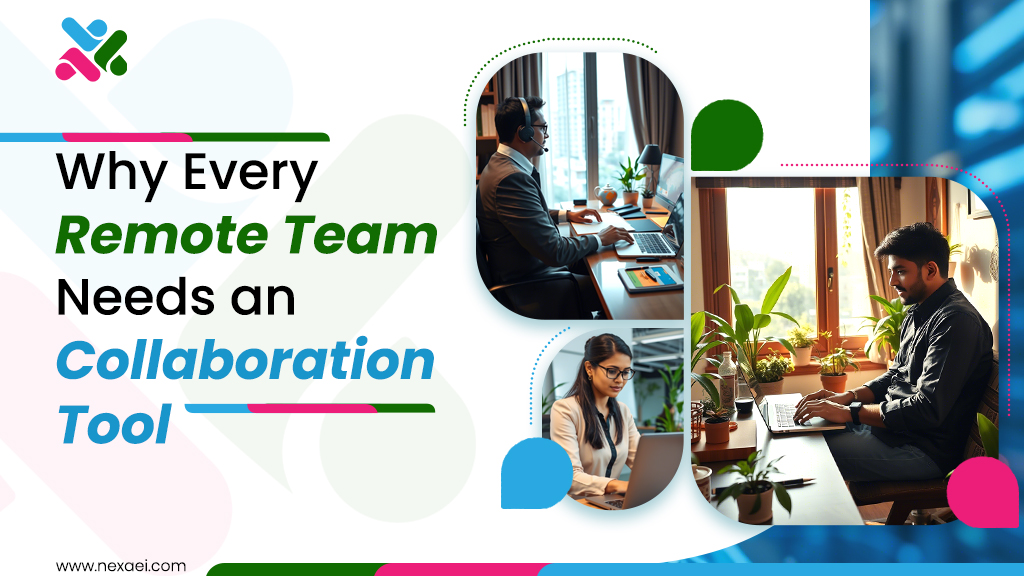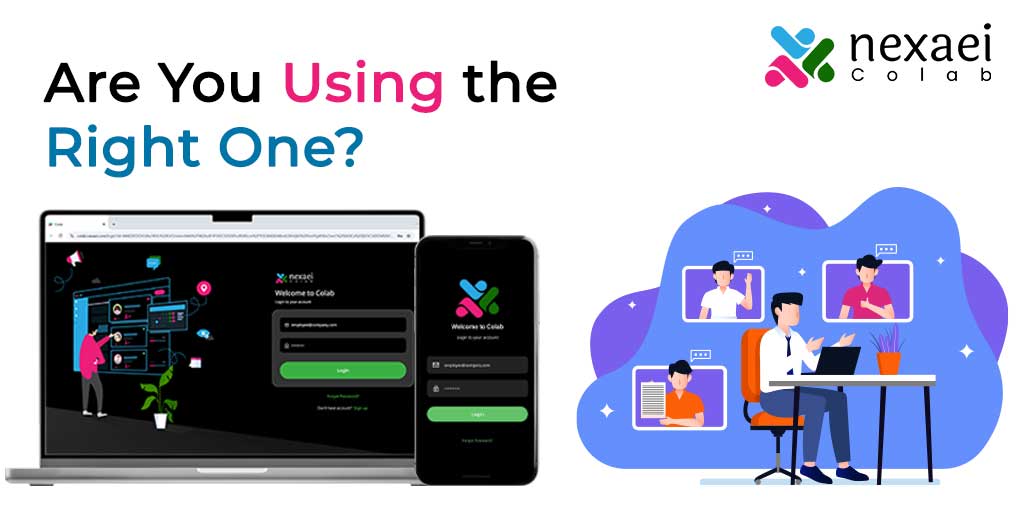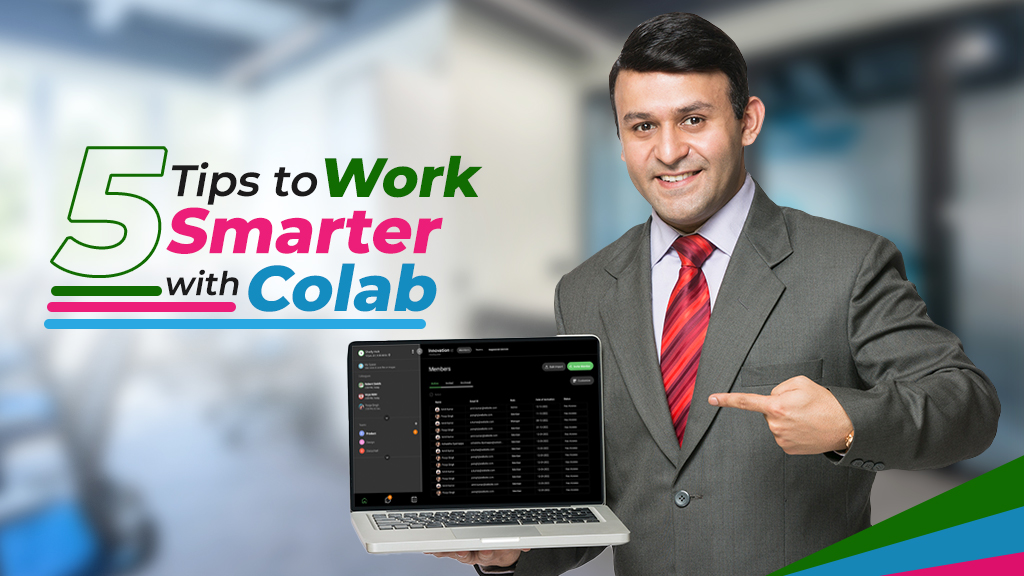The concept of work from anywhere or WFA has been fuelled by the COVID-19 pandemic. Previously organizations used to be sceptical about allowing their employees to work from home but a year into pandemic and lockdown have turned the tables.
Today organizations are planning to roll out a permanent hybrid work structure shortly. The WFA concept has placed the word ‘workspace’ in our minds. Tomorrow, your workspace can be your office or your drawing room or a coffee shop or a park, or any other place. It will free employees from the routine of sticking to one place when it comes to working.
With organizations going completely global in their hiring attempts and leaving no stone unturned for providing their distributed workforces with every required resource, WFA is bound to be a prime way of working going forward. One vital facet associated with WFA, collaboration Tool is the topic of discussion today.
It is no secret that WFA collaboration is way tougher than our regular in-office collaboration. But, it is meaningful and fruit-bearing. All you need to do is follow certain principles that have been proved to yield augmented productivity and employee satisfaction as well as reduced costs.
Employees need to be the prime focus of WFA collaboration
Technology is undoubtedly a matter of high significance here but WFA collaboration should first be about the people. If the employees do not know how to work in sync or how to collaborate, there is no point in overwhelming them with a plethora of tools and software.
The first step is to make the employees aware of all the rules and regulations of the WFA environment, and also highlight what all is expected from them. You need to have proper WFA policies in place and employees practicing them. And as leaders, you need to commit yourselves to the WFA environment and thereby set the standard for your organizations.
Participation of teams should be mandatory in WFA decision-making
WFA or hybrid teams succeed only when each member is invested in it. Whether it is a decision-making session regarding the implementation of a new tool or the rolling-out of a particular strategy, various teams should be involved in the cause. When you fill the decisions with multidisciplinary perspectives, you fare better in meeting the needs of every team and in turn, the project.
Movement fluidity needs to be encouraged and tracked
As the name suggests, the WFA model is essentially fluid in nature. The fact that people can move to various places while working needs to be handled well, and organizations must be ready to adjust accordingly. There will be days when only 20-30% of the employees turn up, and similarly, there will be days when 90% turn up.
Organizations will have to be up and functioning effectively for both scenarios. You will need an effective tracking system for better resource allocation in a WFA model. In such cases, countless possibilities might turn up; all you need to do is rework and revamp your WFA strategy constantly.
Define the workspace digitally
A WFA workspace is all about being digitally enabled. A digital workspace where every employee, irrespective of their physical location can come together, collaborate, and work. Hence, every facet of a WFA workspace needs to be digitally defined and tech-enabled. A WFA environment demands a digital-first mindset. Starting from tools and technologies,
even the attitudes and approaches need to adopt the digital wave. The digital workspace should be the new HQ for uninterrupted collaboration and smooth functioning.
Even though the WFA concept is new but its challenges should not intimidate us. The concept is here to boost employee satisfaction, increase productivity, and attract as well as retain talent.







